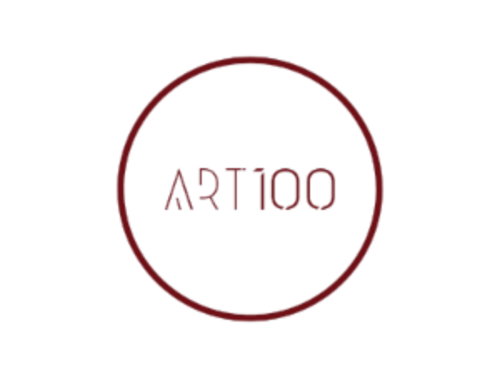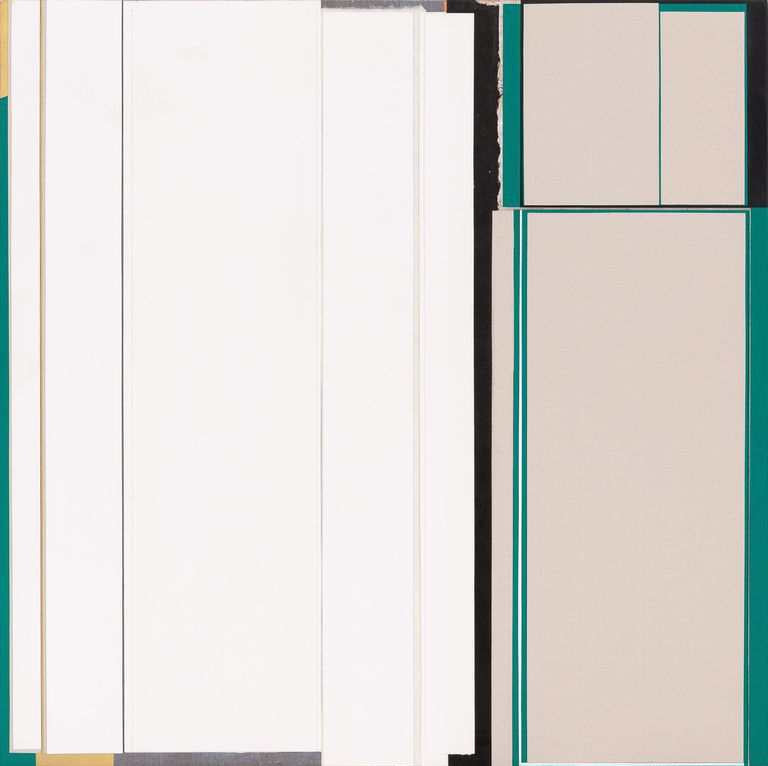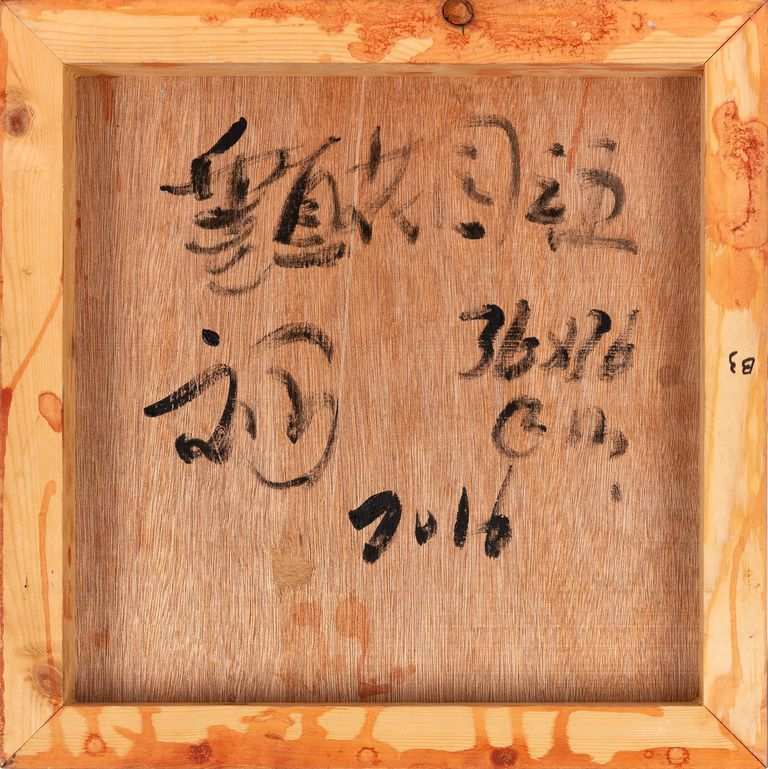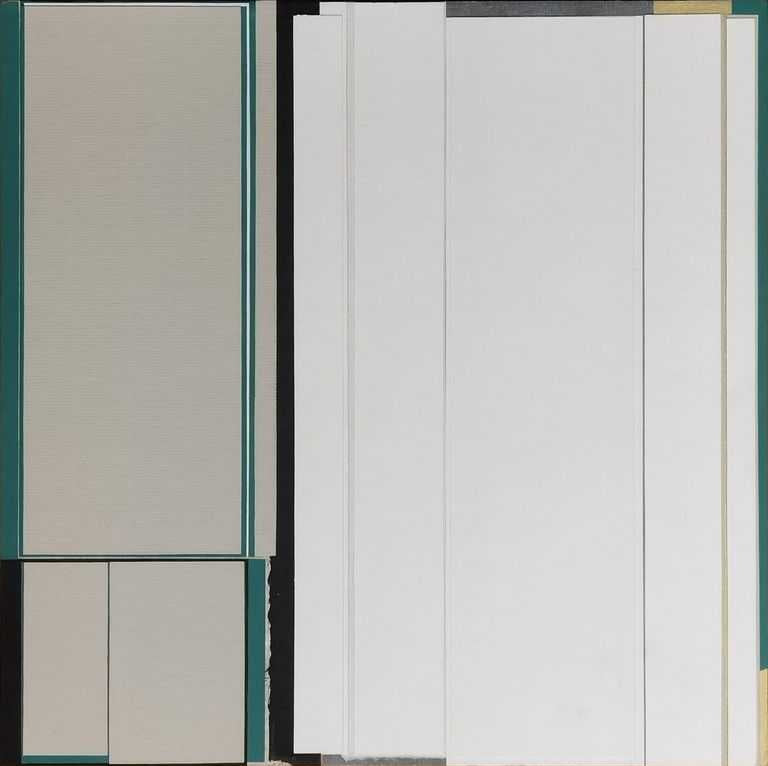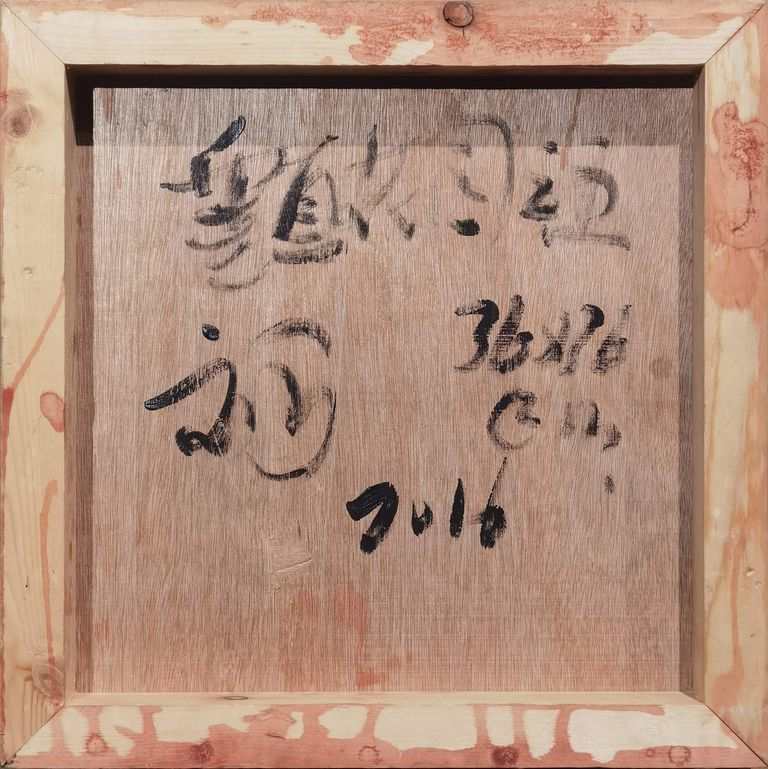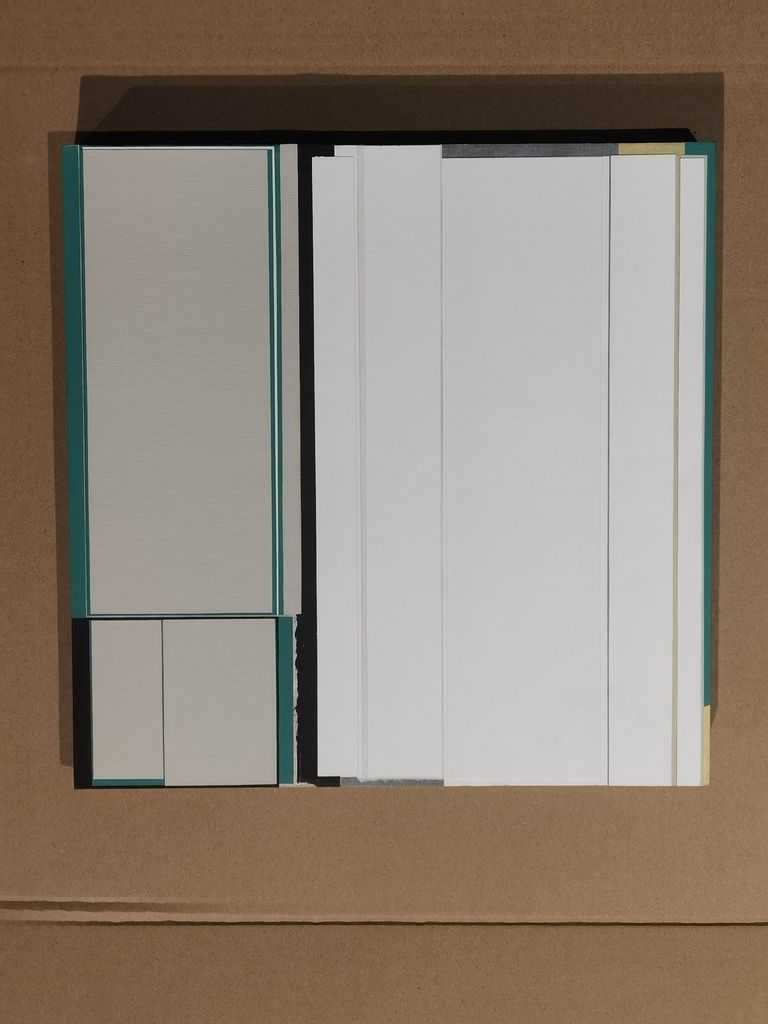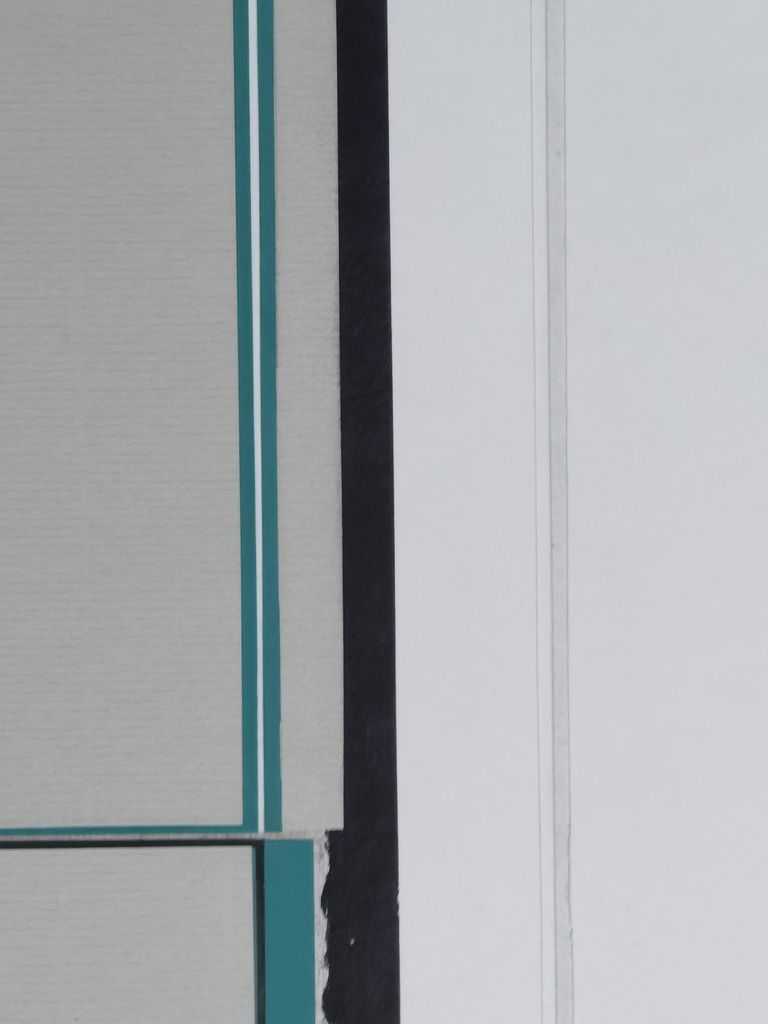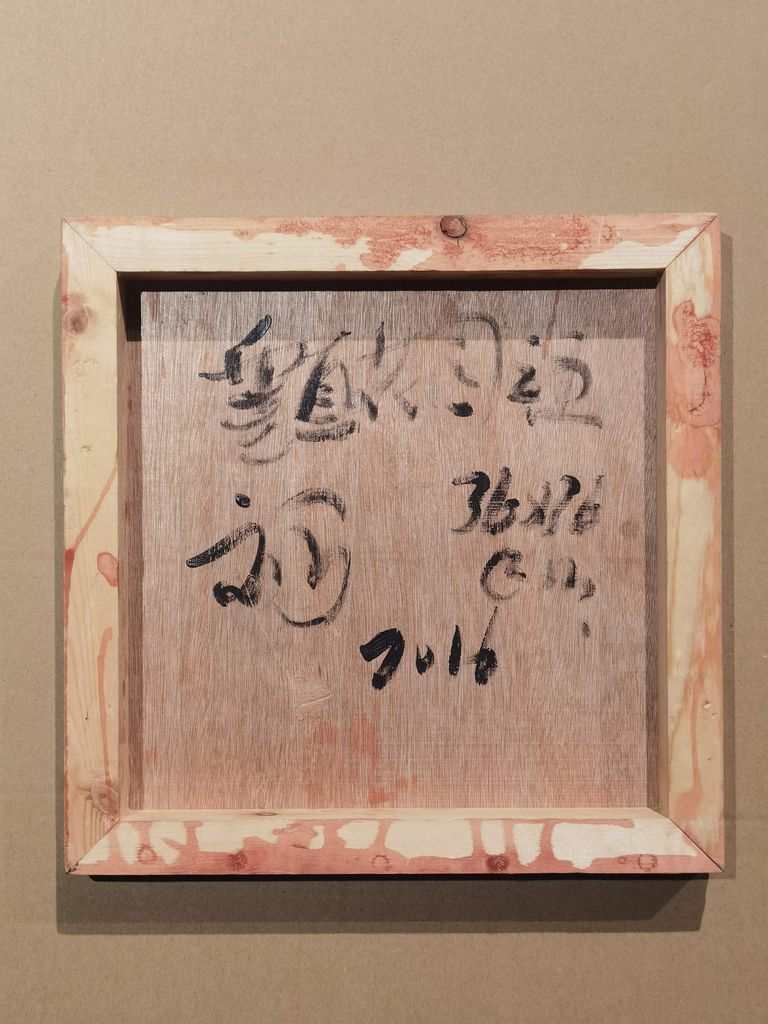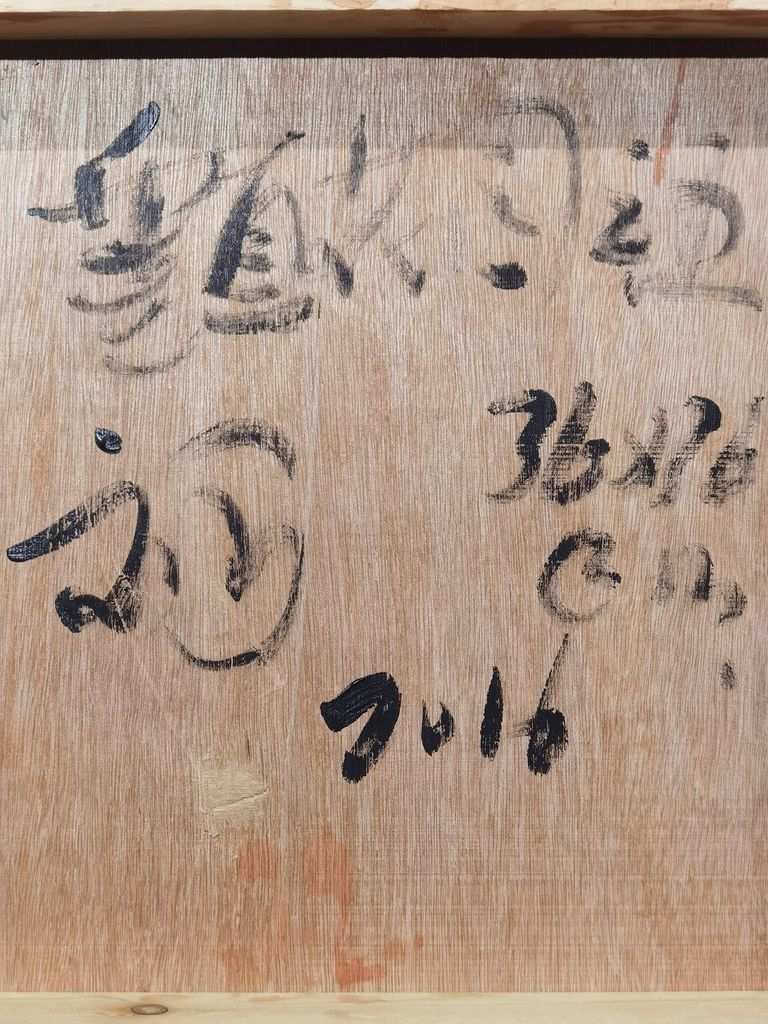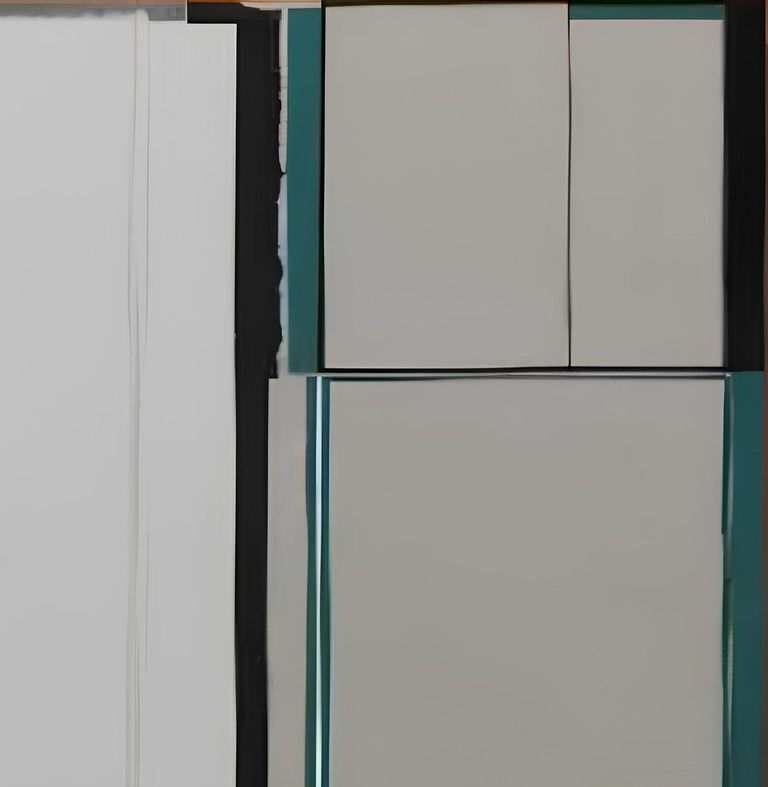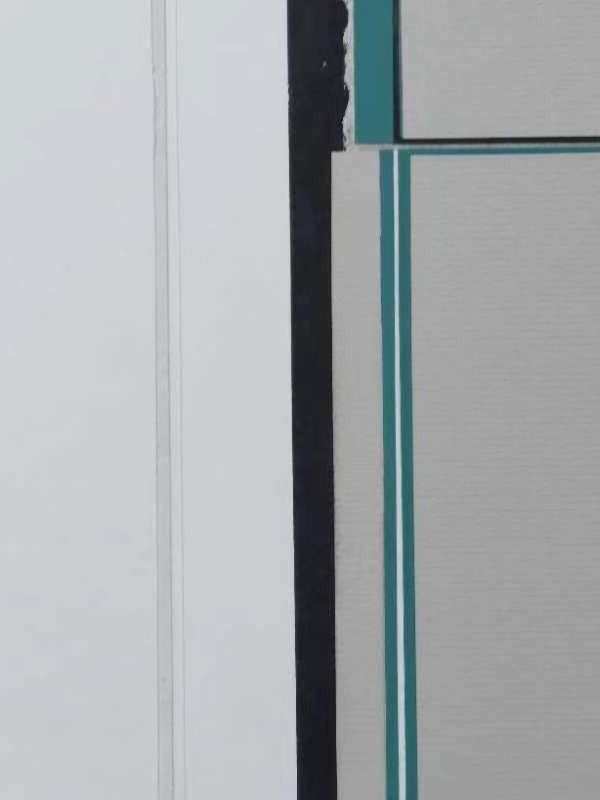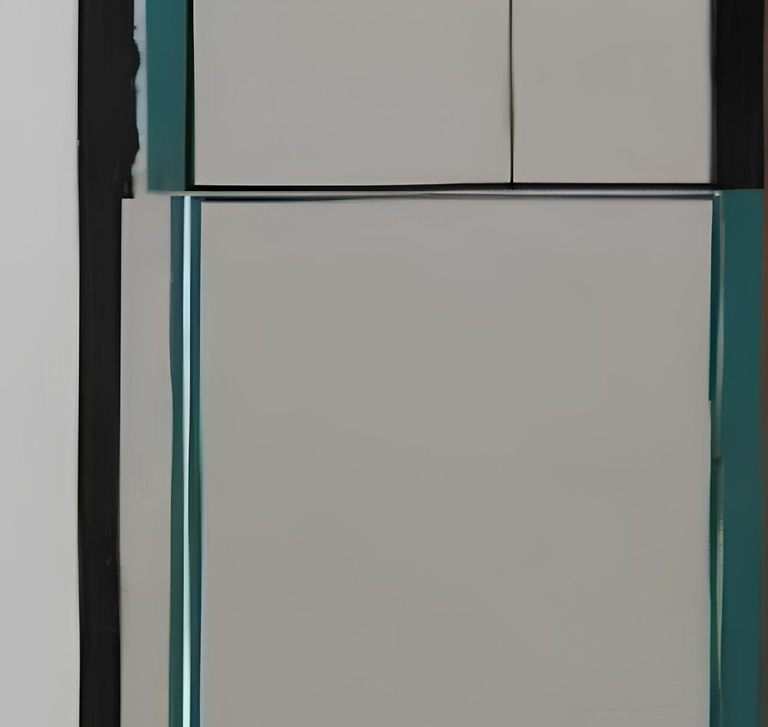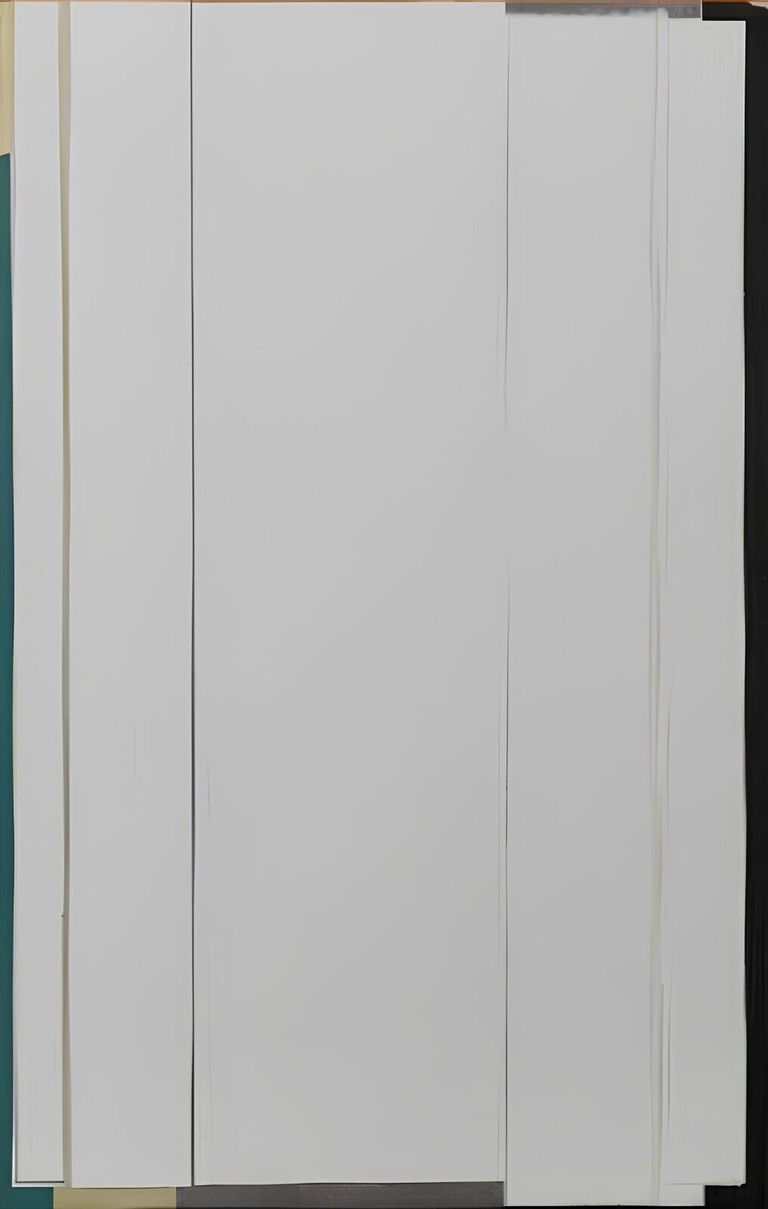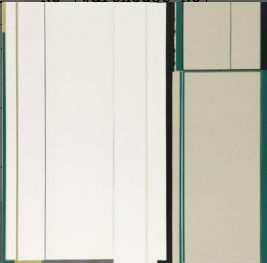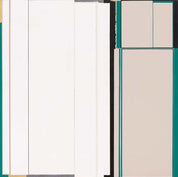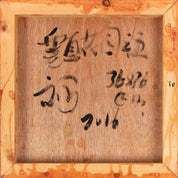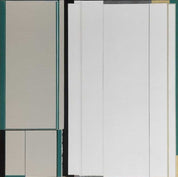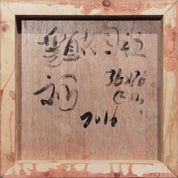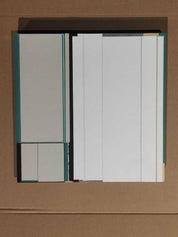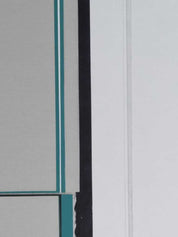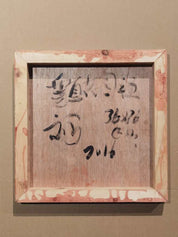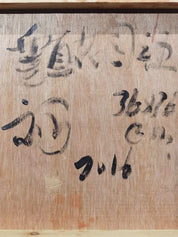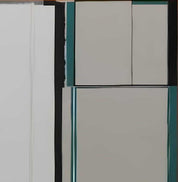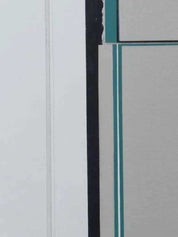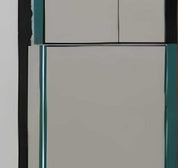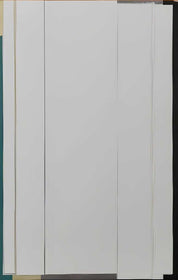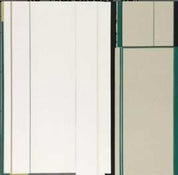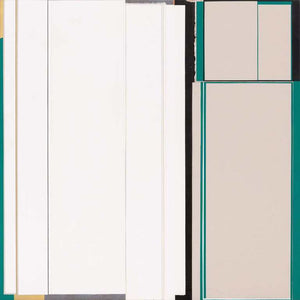Similar Items
Ke Liu, 'Vertical garden 5'
Ke Liu
Artwork Details
Artist:
Ke Liu
Dimensions:
36 x 36 cm (14.2 x 14.2 inches)
Medium:
Oil
Style:
Abstract
Theme:
Abstract
Period:
Contemporary
Artwork Description
Title: Ke Liu, "Vertical Garden 5"Artist: Ke Liu (Chinese Artist)
Medium: Oil on Board
Dimensions: 36 x 36 cm (14.2 x 14.2 inches)
Condition Report: The artwork is in good condition, with vibrant colors and no visible damage or wear.
Description:
"Vertical Garden 5" is a captivating oil painting created by the talented Chinese artist, Ke Liu. The artwork measures 14.2 x 14.2 inches and is rendered on board using oil paints, allowing for a rich and expressive portrayal. Liu Ke was born in Hunan, China, in 1976, and he has made significant contributions to the art world. He holds both a bachelor's and a master's degree from the Oil Painting Department of Guangzhou Academy of Fine Arts, showcasing his dedication and expertise in his craft.
Currently, Ke Liu serves as a lecturer at the Fifth Studio and holds important positions such as the deputy dean of the School of Painting and the director of the Oil Painting Department at Guangzhou Academy of Fine Arts. "Vertical Garden 5" is a testament to his artistic prowess, capturing the viewer's imagination and presenting a mesmerizing visual experience.
Artist Info
Liu Ke was born in Hunan in 1976. He graduated from the Oil Painting Department of Guangzhou Academy of Fine Arts in 1999 with a bachelor's degree. In 2003, he graduated from the Oil Painting Department of Guangzhou Academy of Fine Arts with a master's degree. He is currently a lecturer at the Fifth Studio.
He is currently the deputy dean of the School of Painting and the director of the Oil Painting Department of Guangzhou Academy of Fine Arts.
For an artist with a profound academic background, on the one hand, he must maintain the advantages of his academic education, and on the other hand, he must maintain an attitude of independent thinking—both within the system of the academy and on the other hand. It is necessary to dissociate from the academy, and this contradiction is often expressed or implied in the works.
This kind of contradiction just constitutes the roundabout quality of the artwork, and at the same time, it truly reflects the artist's living and spiritual state at a certain stage. The research on the artist's case can find the path between the artist and the work through the background, so that the interpretation can be closer to the starting point of the artist's creation.
Liu Ke’s early works prove that the reference system of his artistic practice is established in the background of the academy. As a top student at the Guangzhou Academy of Fine Arts, his technical practice and understanding of materials are the result of the operation of the academy’s teaching system— It fully embodies the aesthetic characteristics of the oil painting medium and its personality and special aesthetic feeling as an irreplaceable medium. Liu Ke's early works paid great attention to production and the relationship between materials. Even if it is an abstract picture, if we do a reverse "reasoning" from the picture, we can see him from the gradually presented picture image.
For every step, we strive to be rigorous and restrained, and still pursue a kind of coordination and properly reflect a kind of academic accomplishment in the color relationship. The idea of abstraction is to strengthen the cultural characteristics and spiritual symbols of the material itself, and directly reflect the narrative ability of the material. For the ability of materials, Liu Ke has a clear awareness. He finds the intermediate state of this ability and uses it sparingly. From this point of view, we can also see Liu Ke's inner balance when coordinating conflicts.
Lines are the main image in Liu Ke's works. Lines of various thicknesses are interspersed with each other, and the contrast of shape, length, and thickness forms a strong sense of rhythm and time and space. The layers of continuous coverage and renewal of the screen reveal Liu Ke's psychological changes during "dialogue and negotiation"—the perseverance and tenacity of negation of negation. Lines form a kind of emotional "fluid" in Liu Ke's paintings, a kind of self-adaptive and easy-going attitude towards life. The prominent image of lines can easily connect people with the aesthetic definition of lines in traditional Chinese ink art—the visualization of “qiyun”, but in Liu Ke’s art, this aesthetic definition is just a kind of “fiction”—this It is a line without any identity and cultural background—a pure line vision. Many reasons for Liu Ke's "attachment" to lines come from his preference for American artist Keith Haring.
Harlem's lines are a kind of "commercialized" lines, smooth, fashionable and crafted, and the highly generalized image processing is just the ideological projection of a highly industrialized society, a hard-edged silhouette. The emergence of Harlem just proves the fact that American society is highly developed commercial civilization and post-industrial society is highly rationalized, and it is also an inevitable manifestation of the transformation of social aesthetics. Even though he was attracted and inspired by Haring, Liu Ke did not simply appropriate Haring's expression methods and schema concepts, but subtly transformed Haring's model through the technical training of the academy, using a more flexible, "Lines" with warmth to complete a personal narrative.
